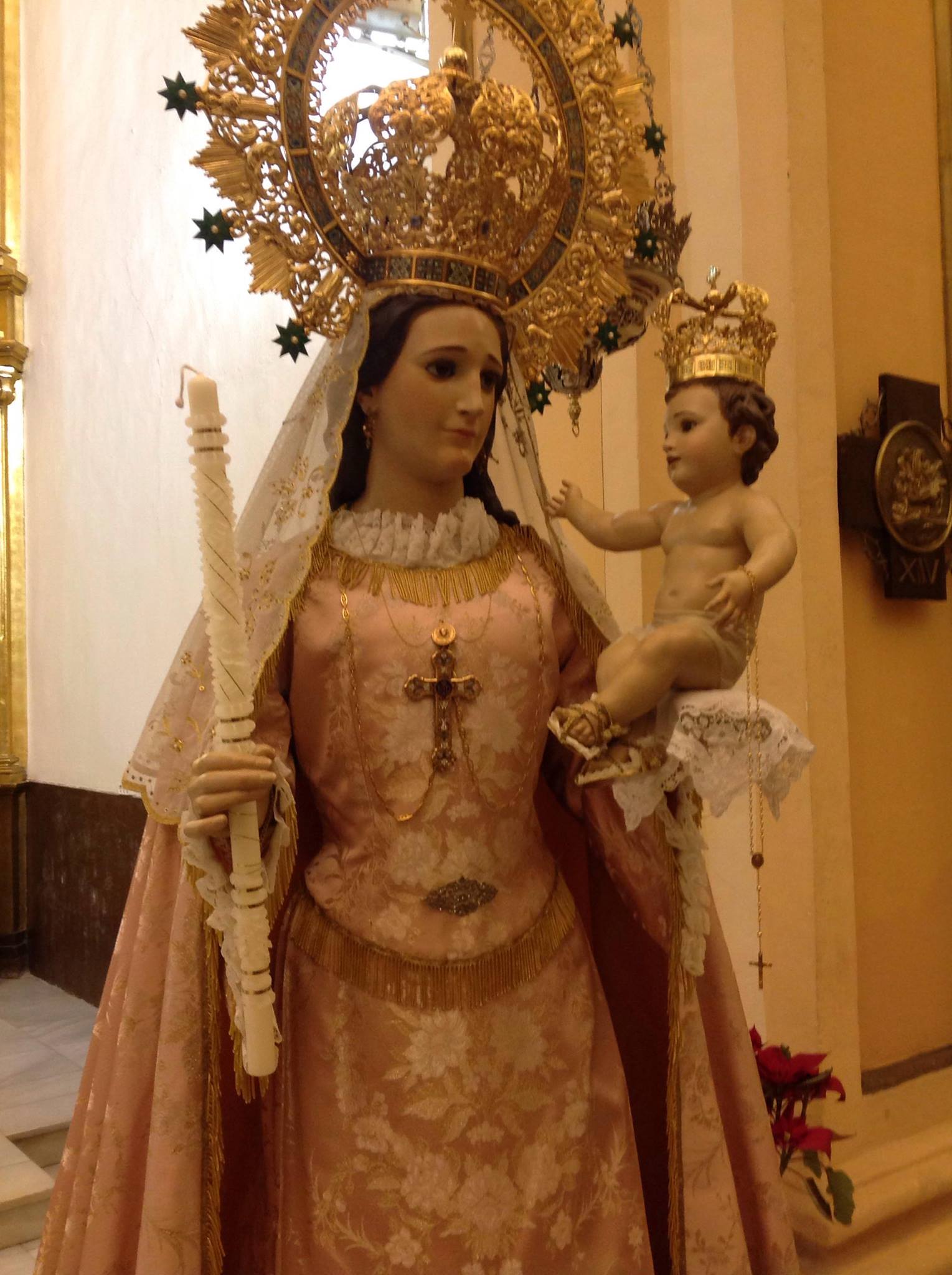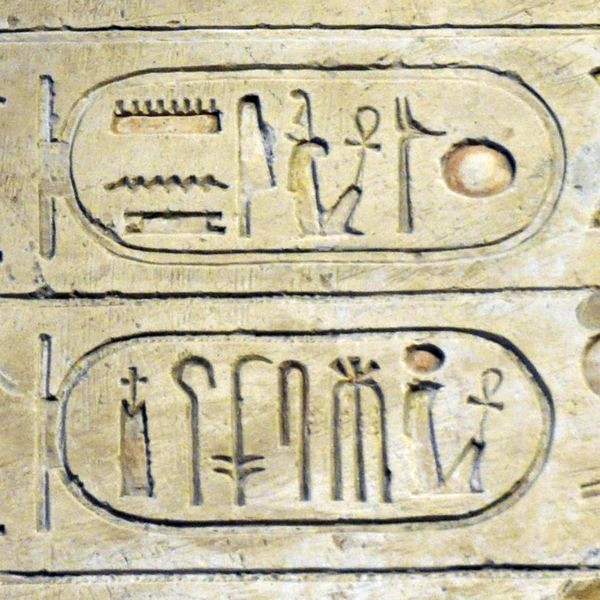|
Vale De Gouvinhas
The village Vale de Gouvinhas is situated in a valley on the right bank of the river Tuela in the municipality of Mirandela, Portugal. The population in 2011 was 319, in an area of 17.14 km². It borders the villages Abambres (5 km), Vale de Telhas (2 km), Bouça and Cabanelas (3 km). The centre of Mirandela lies at 20 km. Naming The toponym Vale de Gouvinhas seems an anthroponym, that is, it seems to come from the name of a person. Historians believe that this person is of Germanic origin (Ganda), but they can not specifically identify the name. In the second century appeared the name "Gaudin" (Latin). In 1150 the name called "Goubina (Goubinas?) appears in the Curia of Dom Afonso Henriques. Both names can be related to the toponym Gouvinhas, for the third hypothesis, by phonetic evolution in the merging patronymic "Gaudilaci" of Gaudila and Gouvia. What is clear that the name Gouvinhas is old. History This location, taking account of the archeology ... [...More Info...] [...Related Items...] OR: [Wikipedia] [Google] [Baidu] |
Norte Region, Portugal
The North Region ( pt, Região do Norte ) or Northern Portugal is the most populous region in Portugal, ahead of Lisbon Region, Lisbon, and the third most extensive by area. The region has 3,576,205 inhabitants according to the 2017 census, and its area is with a density of 173 inhabitants per square kilometre. It is one of five Regions of Portugal, regions of Mainland Portugal (Nomenclature of Territorial Units for Statistics, NUTS II subdivisions). Its main population center is the urban area of Porto, with about one million inhabitants; it includes a larger political metropolitan region with 1.8 million, and an urban-metropolitan agglomeration with 2.99 million inhabitants, including Porto and neighboring cities, such as Braga, Guimarães and Póvoa de Varzim. The Commission of Regional Coordination of the North (CCDR-N) is the agency that coordinates environmental policies, land-use planning, cities and the overall development of this region, supporting local governments and ass ... [...More Info...] [...Related Items...] OR: [Wikipedia] [Google] [Baidu] |
Dom Afonso Henriques
Afonso I of PortugalOr also ''Affonso'' (Archaic Portuguese-Galician) or ''Alphonso'' (Portuguese-Galician) or ''Alphonsus'' (Latin version), sometimes rendered in English as ''Alphonzo'' or ''Alphonse'', depending on the Spanish or French influence. (; born 1106, 1109 or 1111; died 1185), also called Afonso Henriques, nicknamed the Conqueror ( pt, O Conquistador) by the Portuguese, and ''El-Bortukali'' (in Arabic "the Portuguese") and ''Ibn-Arrink'' or ''Ibn Arrinq'' (in Arabic or "son of Henry", "Henriques") by the Moors whom he fought, was the first king of Portugal. He achieved the independence of the County of Portugal, establishing a new kingdom and doubling its area with the ', an objective that he pursued until his death. Afonso was the son of Teresa of León and Henry of Burgundy, rulers of the County of Portugal. Henry died in 1112, leaving Theresa to rule alone. Unhappy with Theresa's romantic relationship with Galician Fernando Pérez de Traba and his politica ... [...More Info...] [...Related Items...] OR: [Wikipedia] [Google] [Baidu] |
Holy Spirit
In Judaism, the Holy Spirit is the divine force, quality, and influence of God over the Universe or over his creatures. In Nicene Christianity, the Holy Spirit or Holy Ghost is the third person of the Trinity. In Islam, the Holy Spirit acts as an agent of divine action or communication. In the Baha’i Faith, the Holy Spirit is seen as the intermediary between God and man and "the outpouring grace of God and the effulgent rays that emanate from His Manifestation". Comparative religion The Hebrew Bible contains the term " spirit of God" (''ruach hakodesh'') which by Jews is interpreted in the sense of the might of a unitary God. This interpretation is different from the Christian conception of the Holy Spirit as one person of the Trinity. The Christian concept tends to emphasize the moral aspect of the Holy Spirit more than Judaism, evident in the epithet Spirit that appeared in Jewish religious writings only relatively late but was a common expression in the Christian N ... [...More Info...] [...Related Items...] OR: [Wikipedia] [Google] [Baidu] |
Margaret The Virgin
Margaret, known as Margaret of Antioch in the West, and as Saint Marina the Great Martyr ( grc-gre, Ἁγία Μαρίνα) in the East, is celebrated as a saint on 20 July in the Western Rite Orthodoxy, Roman Catholic Church and Anglicanism, on 17 July (Julian calendar) by the Eastern Orthodox Church and on Epip 23 and Hathor (month), Hathor 23 in the Coptic Orthodox Church of Alexandria. She was reputed to have promised very powerful indulgences to those who wrote or read her hagiography, life, or invoked her intercessions; these no doubt helped the spread of her following. Margaret is one of the Fourteen Holy Helpers, and is one of the saints Joan of Arc claimed to have spoken with. Hagiography According to a 9th-century martyrology of Rabanus Maurus, she suffered at Antioch in Pisidia (in what is now Turkey) in around 304, during the Diocletianic Persecution, Diocletianic persecution. She was the daughter of a pagan priest named Aedesius. Her mother having died soon after ... [...More Info...] [...Related Items...] OR: [Wikipedia] [Google] [Baidu] |
Our Lady Of The Rosary
Our Lady of the Rosary, also known as Our Lady of the Holy Rosary, is a Marian title. The Feast of Our Lady of the Rosary, formerly known as Feast of Our Lady of Victory and Feast of the Holy Rosary is celebrated on 7 October in the General Roman Calendar. 7 October is the anniversary of the decisive victory of the combined fleet of the Holy League of 1571 over the Ottoman navy at the Battle of Lepanto. Our Lady of the Rosary According to Dominican tradition, in 1206, Dominic de Guzmán was in Prouille, France, attempting to convert the Albigensians back to the Catholic faith. The young priest had little success until one day he received a vision of the Blessed Virgin, who gave him the rosary as a tool against heretics. While Mary's giving the rosary to Dominic is generally acknowledged as a legend, the development of this prayer form owes much to the followers of Saint Dominic, including the 15th-century priest and teacher, Alanus de Rupe. [...More Info...] [...Related Items...] OR: [Wikipedia] [Google] [Baidu] |
Sovereign Military Order Of Malta
The Sovereign Military Order of Malta (SMOM), officially the Sovereign Military Hospitaller Order of Saint John of Jerusalem, of Rhodes and of Malta ( it, Sovrano Militare Ordine Ospedaliero di San Giovanni di Gerusalemme, di Rodi e di Malta; la, Supremus Militaris Ordo Hospitalarius Sancti Ioannis Hierosolymitani Rhodiensis et Melitensis), commonly known as the Order of Malta or Knights of Malta, is a Catholic lay religious order, traditionally of a military, chivalric, and noble nature. Though it possesses no territory, the order is often considered a sovereign entity of international law, as it maintains diplomatic relations with many countries. The Order claims continuity with the Knights Hospitaller, a chivalric order that was founded about 1099 by the Blessed Gerard in the Kingdom of Jerusalem. The order is led by an elected prince and grand master. Its motto is (''defence of the faith and assistance to the poor''). The Order venerates the Virgin Mary as its patrone ... [...More Info...] [...Related Items...] OR: [Wikipedia] [Google] [Baidu] |
Guide, Mirandela
Guide is a Portuguese village at Torre de Dona Chama Torre de Dona Chama is a Portuguese civil parish in the Mirandela Municipality and district of Bragança, in the Trás-os-Montes region of northern Portugal. The population in 2011 was 1,105, in an area of 27.68 km². History Settled prior ..., district of Bragança. Guide has the grandeur of an ancient parish field, the main square and houses are showing nice care of old buildings, along with the modern. Villages in Portugal Populated places in Bragança District {{Bragança-geo-stub ... [...More Info...] [...Related Items...] OR: [Wikipedia] [Google] [Baidu] |
Mammes Of Caesarea
Saint Mammes (Mamas, Mammas, Mammet) of Caesarea ( el, Μάμας; french: Mammès; it, Mamante; es, Mamés; pt, São Mamede) was a child-martyr of the 3rd century, who was martyred at Caesarea. His parents, Theodotus and Rufina, were also martyred. Life Born in prison to parents who had been jailed for being Christians, Mammes became an orphan when his parents were executed. After their death, Mammes was raised by a rich widow named Ammia, who died when Mammes was 15 years old. According to legend, Mammes was tortured for his faith by the governor of Caesarea and was then sent before the Roman Emperor Aurelian, who tortured him again. The Mammes legend states that an angel then liberated him and ordered him to hide on a mountain near Caesarea. Mammes was later thrown to the lions, but he managed to make the beasts docile by preaching to them. Afterward, a lion remained with him as a companion. Accompanied by the lion, he visited Severus Alexander, who sentenced him t ... [...More Info...] [...Related Items...] OR: [Wikipedia] [Google] [Baidu] |
Torre De Dona Chama
Torre de Dona Chama is a Portuguese civil parish in the Mirandela Municipality and district of Bragança, in the Trás-os-Montes region of northern Portugal. The population in 2011 was 1,105, in an area of 27.68 km². History Settled prior to the establishment of a Kingdom of Portugal, its name is derived from two precepts: the existence of a tower ( pt, Torre), whose owner was a local lady (where ''Dona Chama'' is the ''Lady Chama''). Historical etymology suggests that the latter surname ''Chama'' was actually derived from ''Flâmula'', altered to ''Châmoa'' before taking on this name. Medieval chancelleries refer to the region as ''Turris de Domina Flanmula'', and by the 13th century, the foral issued by King Denis indicated the area as ''Torre de Dona Climâmoa''. Some historians indicate there is a certain coincidence between the noblewoman, Dona Châmoa Rodrigues, who lived there in 960, and consequently consider her the founder of the locality. There are clear archeo ... [...More Info...] [...Related Items...] OR: [Wikipedia] [Google] [Baidu] |
Anthroponymy
Anthroponymy (also anthroponymics or anthroponomastics, from Ancient Greek ἄνθρωπος ''anthrōpos'' / 'human', and ὄνομα ''onoma'' / 'name') is the study of ''anthroponyms'', the proper names of human beings, both individual and collective. Anthroponymy is a branch of onomastics. Researchers in the field of anthroponymy are called ''anthroponymists''. Since the study of anthroponyms is relevant for several other disciplines within social sciences and humanities, experts from those disciplines engage in anthroponymic studies, including researchers from the fields of anthropology, history, human geography, sociology, prosopography, and genealogy. Anthroponymists are required to follow certain principles, rules and criteria when researching anthroponyms. The methods used for research are divided into two major categories: the collecting of anthroponymic information and the analysis and interpretation of anthroponyms. The collection of anthroponymic information include ... [...More Info...] [...Related Items...] OR: [Wikipedia] [Google] [Baidu] |
Terras De Trás-os-Montes
The Intermunicipal communities of Portugal, Comunidade Intermunicipal das Terras de Trás-os-Montes (; English language, English: ''Lands of Trás-os-Montes'') is an administrative division in northeastern Portugal. Since January 2015, Terras de Trás-os-Montes is also a NUTS3 subregion of Norte Region, Portugal, Norte Region, that covers the same area as the intermunicipal community. The seat of the intermunicipal community is Bragança, Portugal, Bragança. Terras de Trás-os-Montes comprises a large part of the district of Bragança District, Bragança. The population in 2011 was 117,527, [...More Info...] [...Related Items...] OR: [Wikipedia] [Google] [Baidu] |




